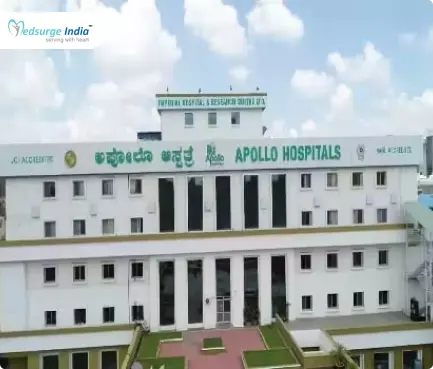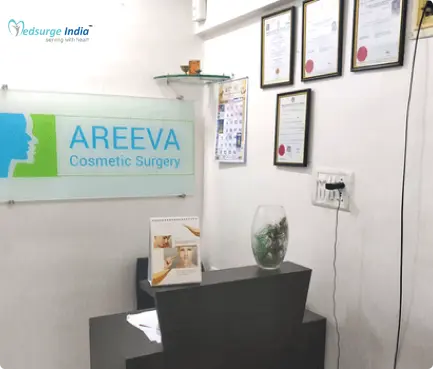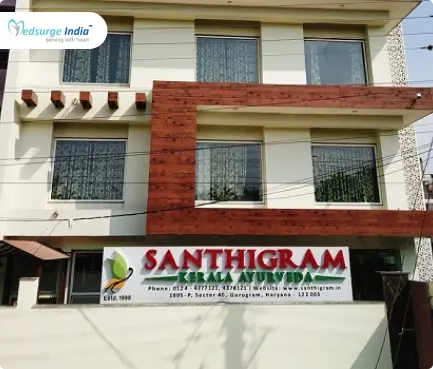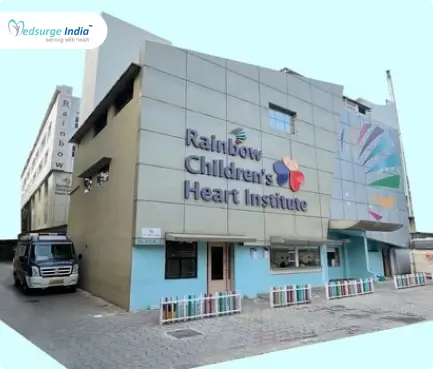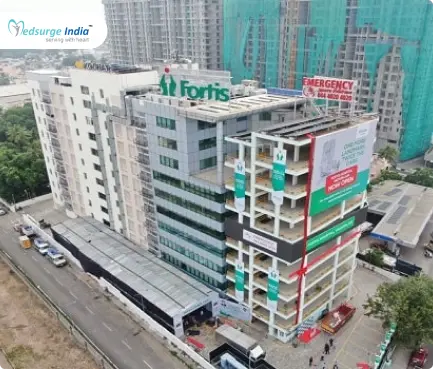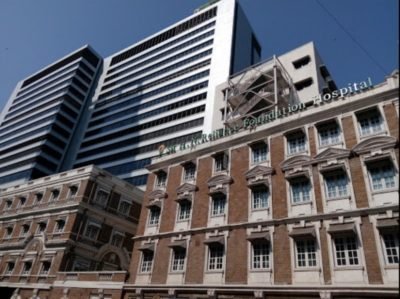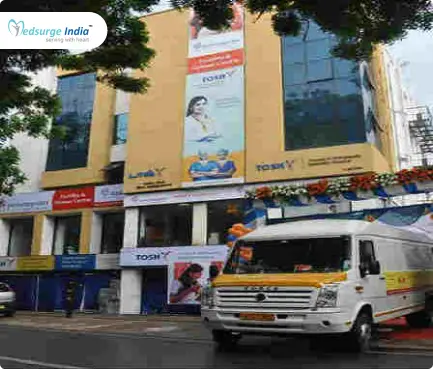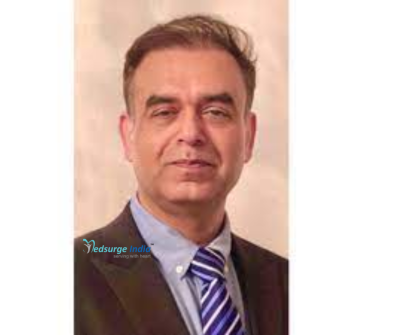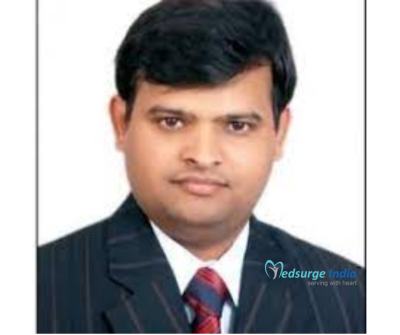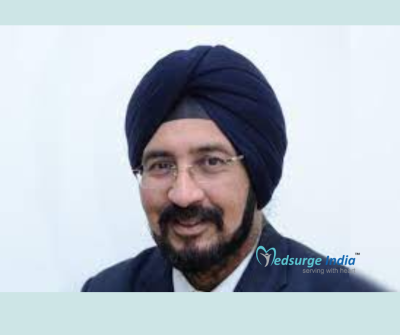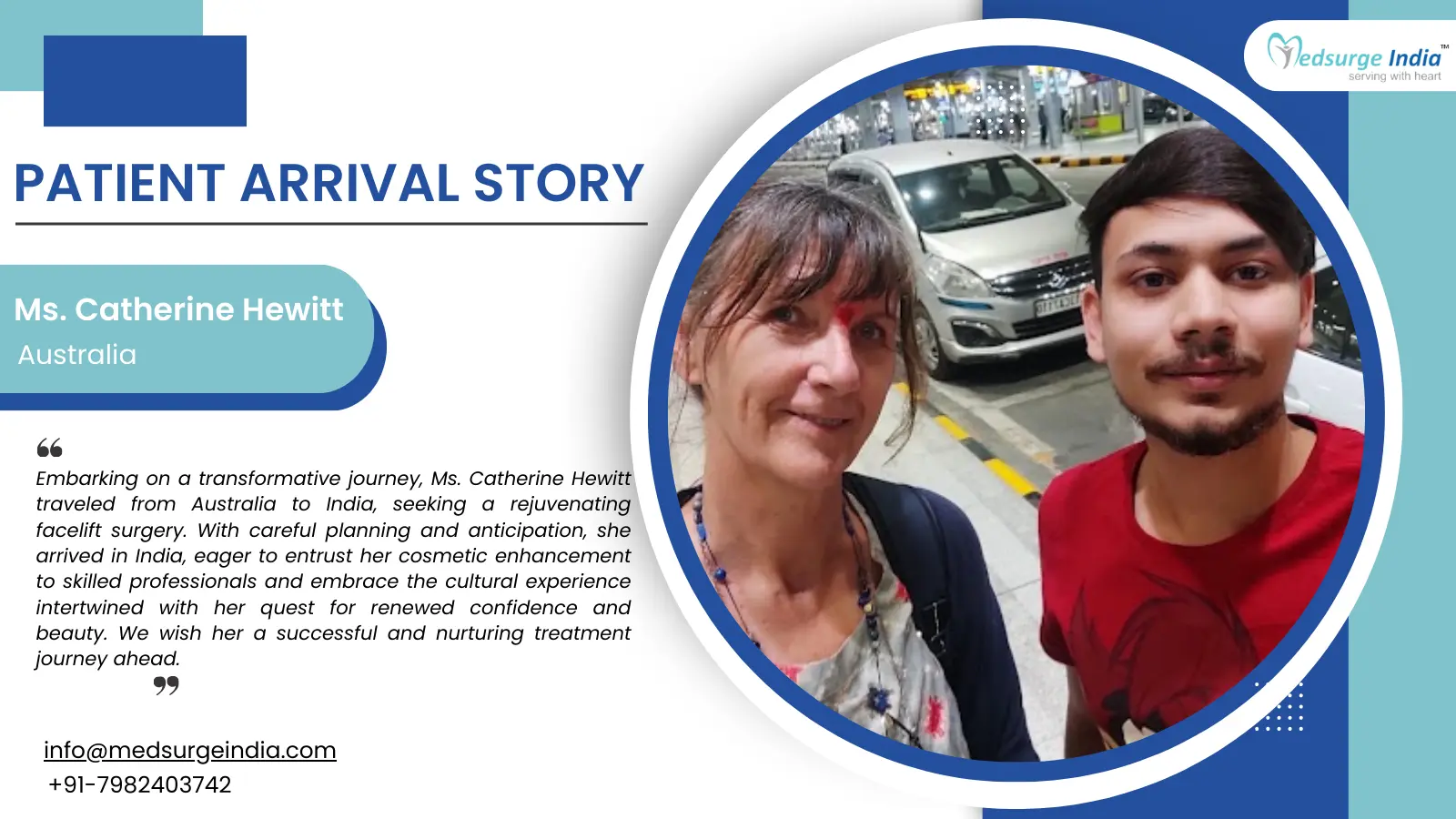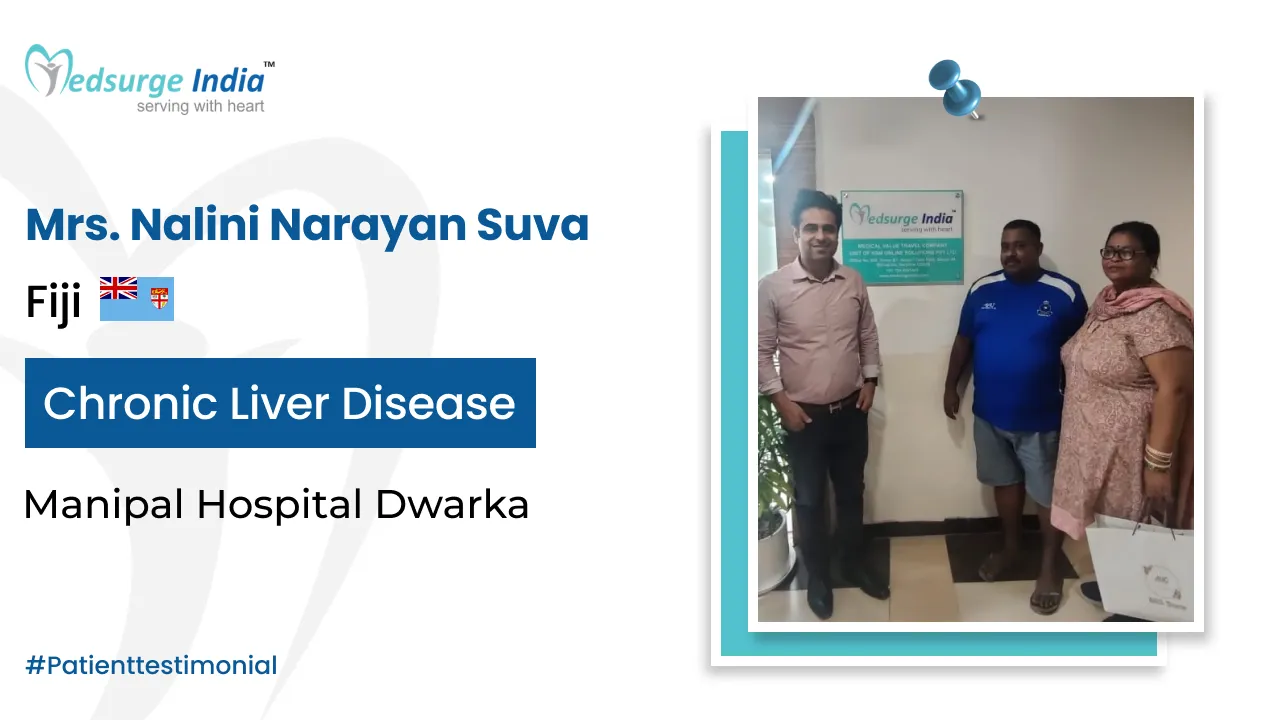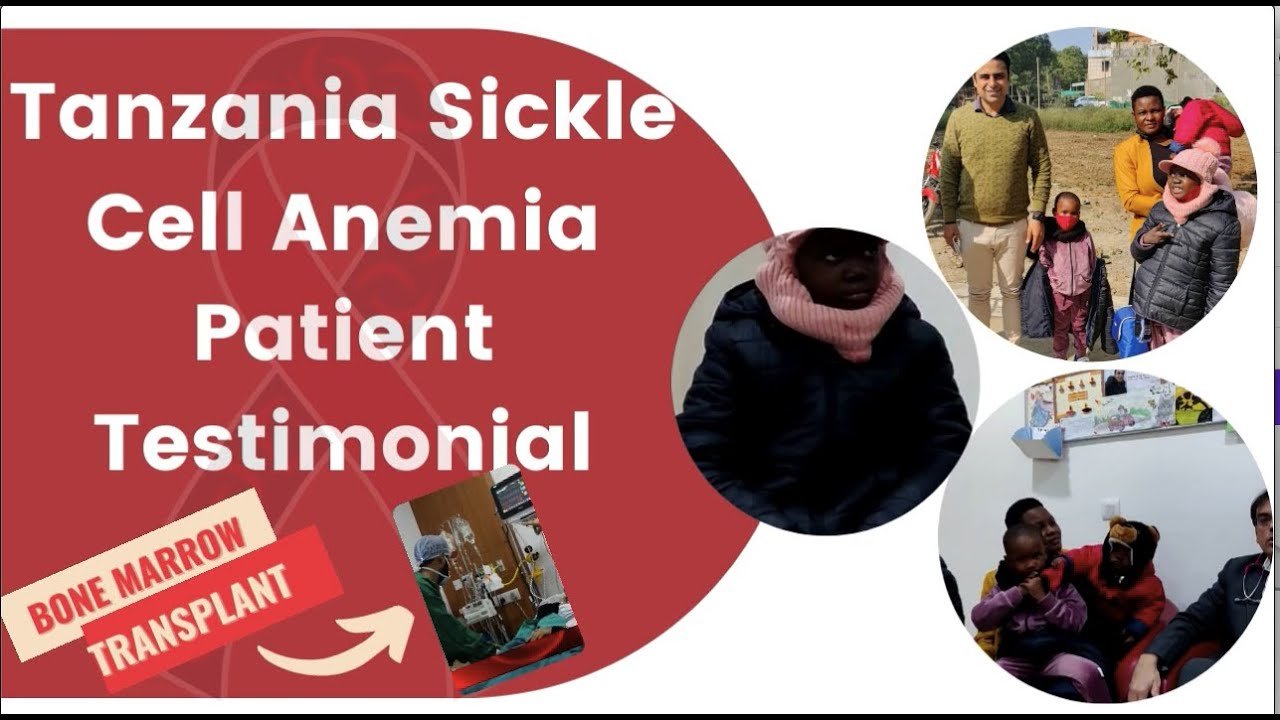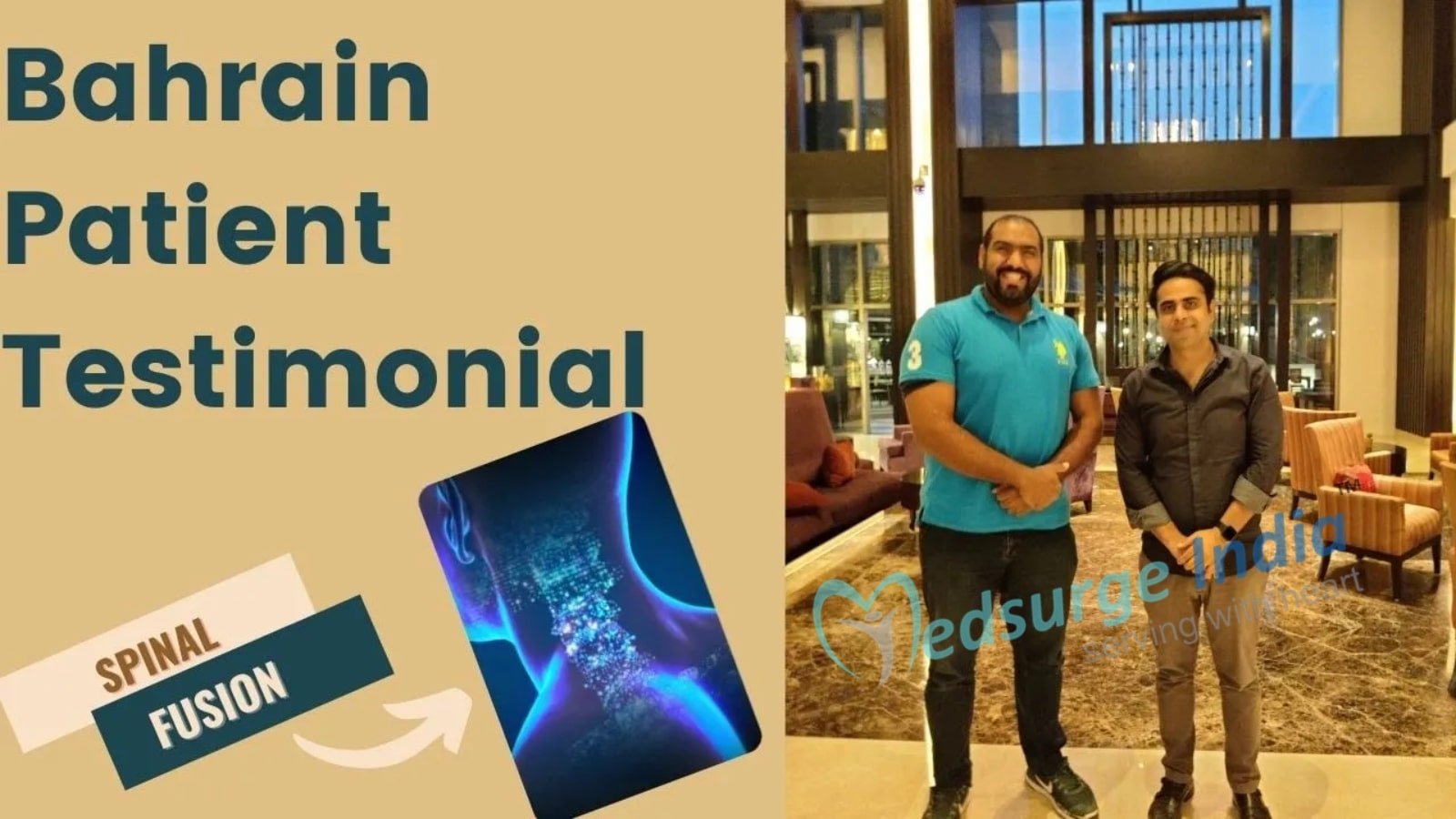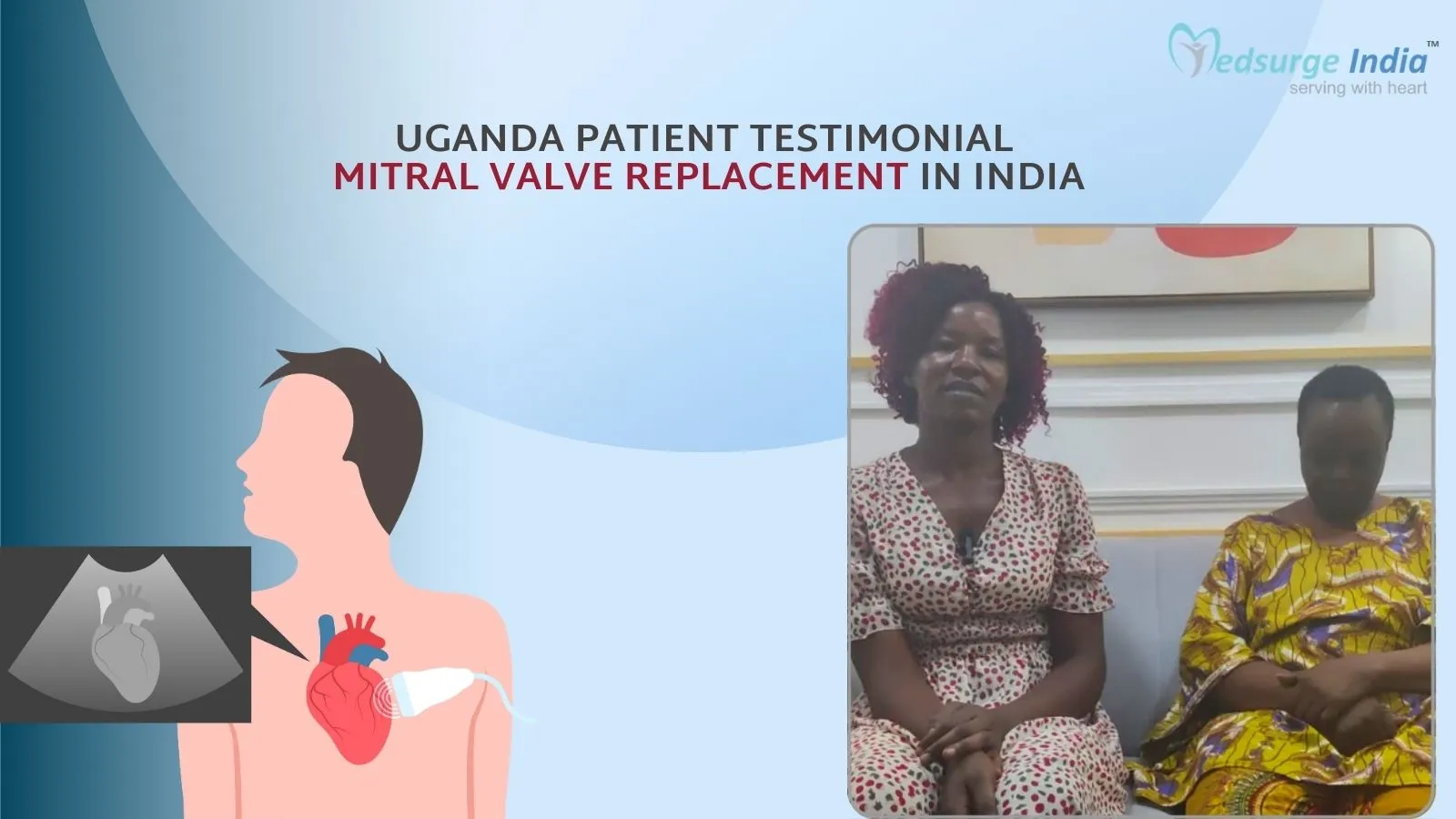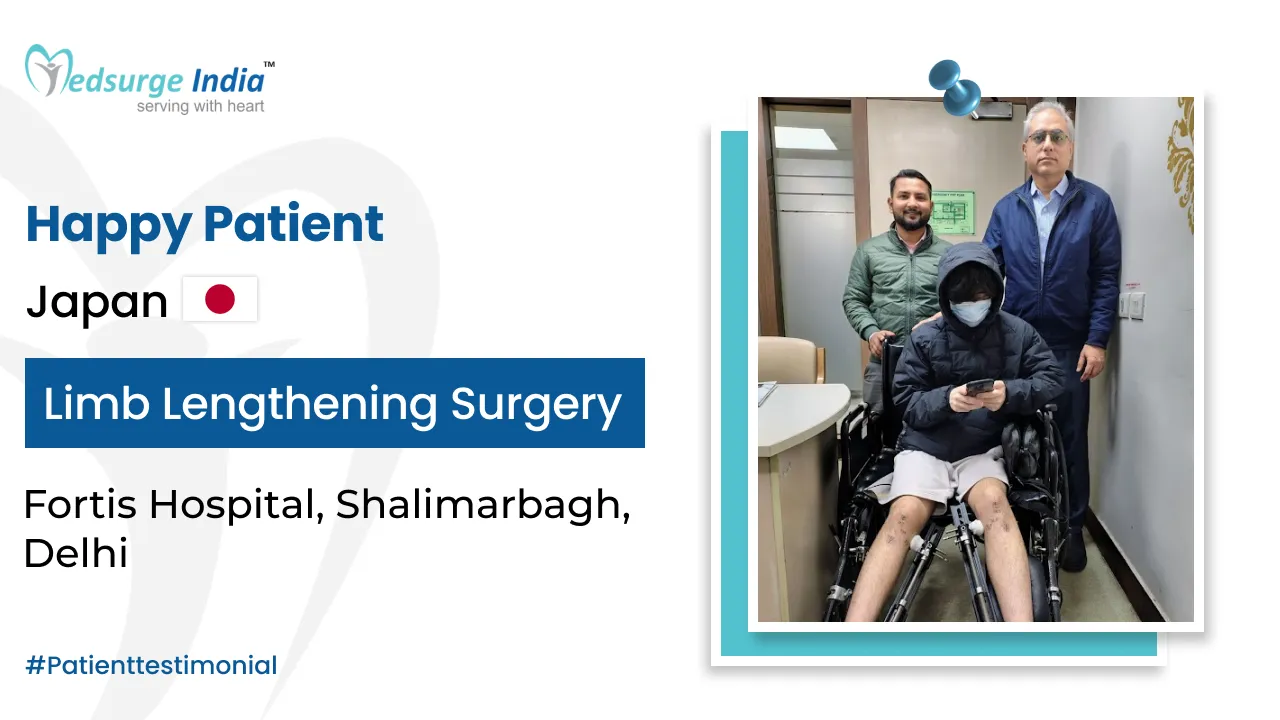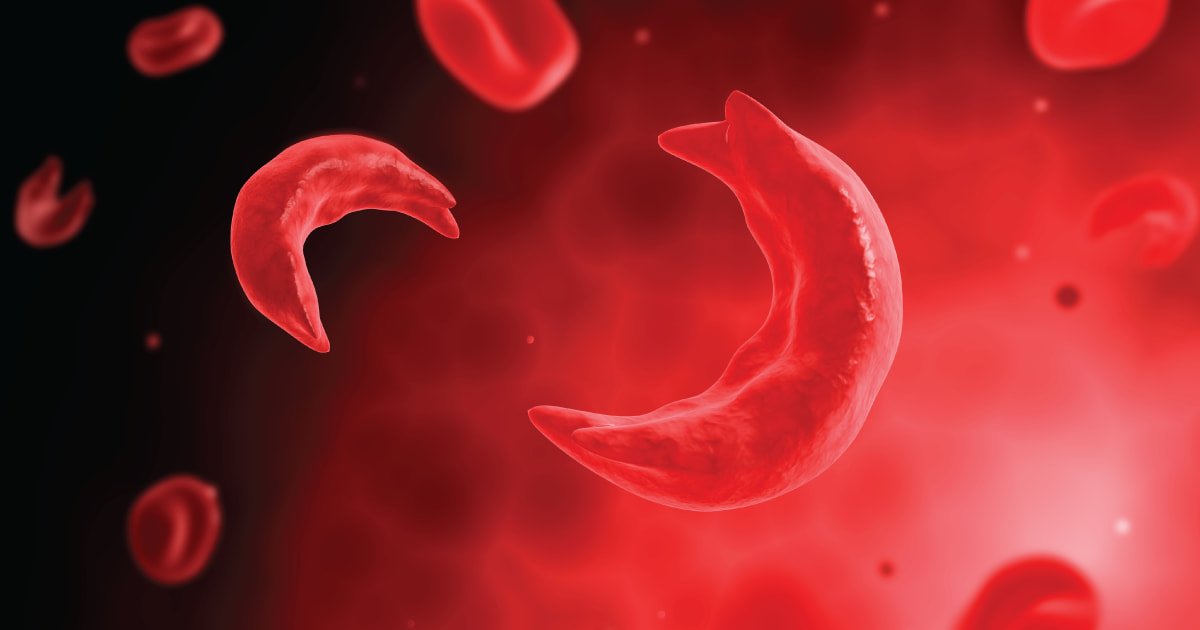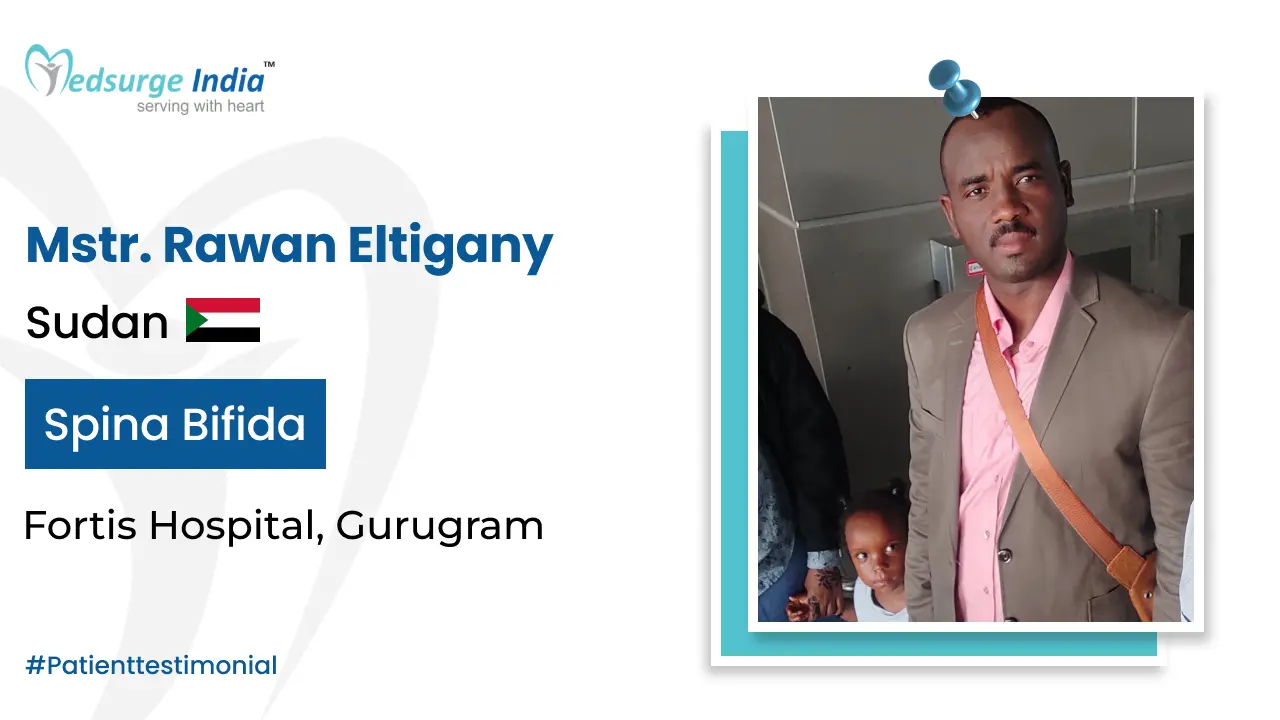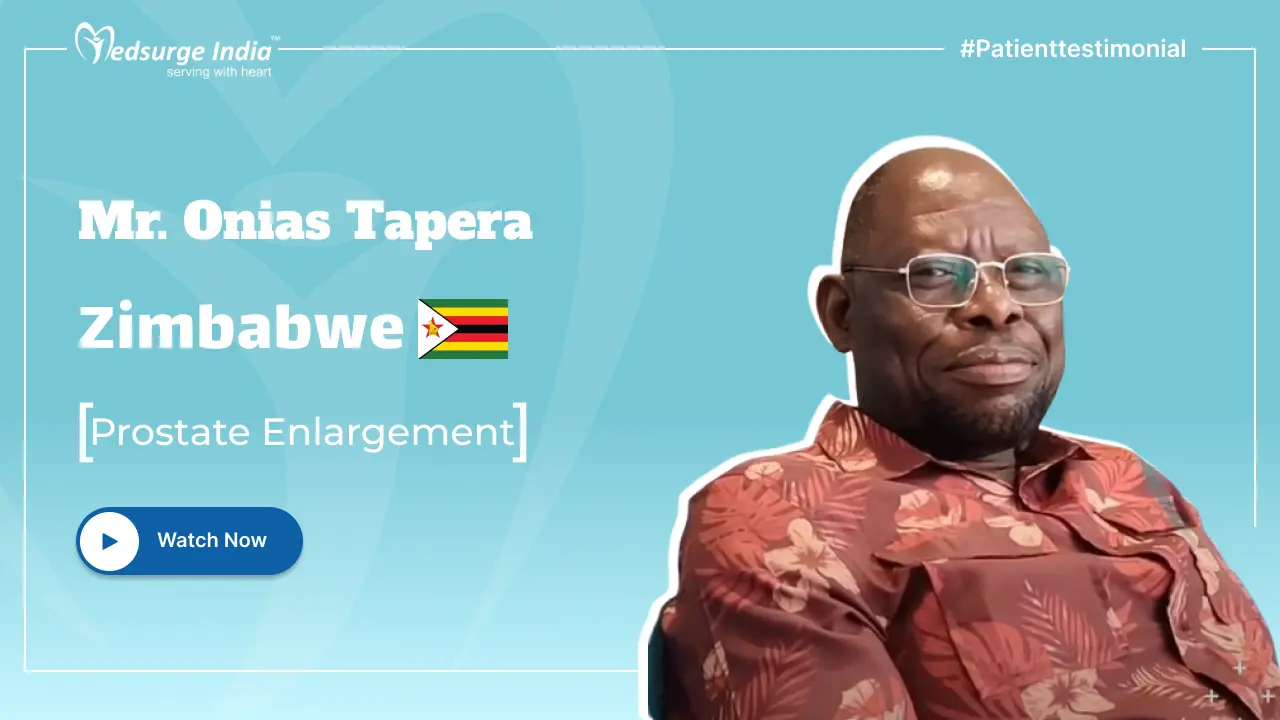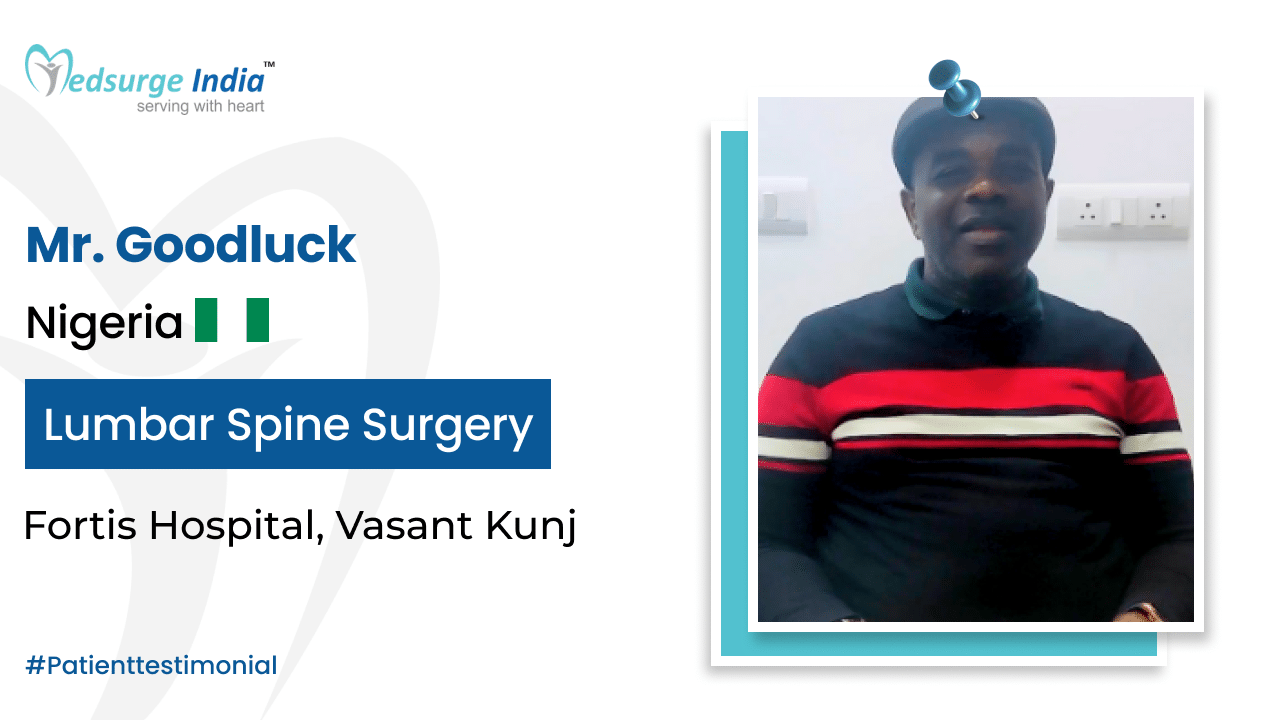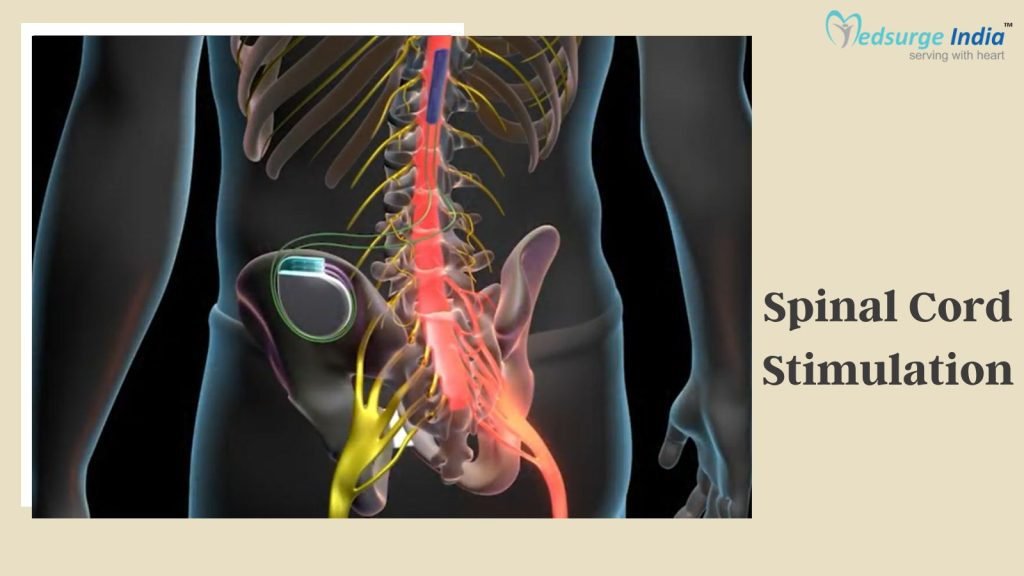
Medical devices called spinal cord stimulators are used to relieve persistent pain. These devices can treat a variety of pain disorders and origins, as well as distinct pain types. Spinal cord stimulators can alleviate the pain that hasn’t responded to conventional forms of treatment, but there are downsides and potential risks. When the body’s natural reaction to an injury lasts longer than it should, chronic pain begins to set in. The body is no longer protected from injury by this pain, which instead turns detrimental on its own. Problems with working, eating, exercising, or doing other daily activities can result from chronic discomfort. This can deplete someone’s energy, which can lead to additional chronic health issues including depression and weight gain, as well as problems from taking too many painkillers. Constant nerve signal transmission occurs from the body to the brain. Alerting a person to a problem helps avert injury. Unfortunately, nerve damage can cause them to send pain signals to the brain even when there isn’t an injury. These signals can be obstructed from reaching the brain by using spinal cord stimulation. Doctors in India use Spinal Cord Stimulation so that patient can find relief and helps in daily activities.
When compared to other wealthy countries, the cost of spinal cord stimulation in India is incredibly low. The success may be partially attributed to the neurosurgeon’s and physiatrist’s expertise as well as the state-of-the-art medical equipment used in Indian institutions. In addition to these advantages, India’s low costs without lowering clinical standards play a critical role in its widespread popularity.
What is a Spinal Cord Stimulation?
A moderate electric current is delivered to your spinal cord by a spinal cord stimulator (SCS) device that is surgically implanted under your skin. The spinal cord’s nerve fibers get current from a pulse generator via thin cables. The SCS stimulates the nerves in the region where you experience pain when it is turned on. Because the electrical pulses alter and block the pain signal from reaching your brain, pain is minimized. Some SCS devices replace pain with paresthesia, a faint tingling sensation, using a low-frequency current. Other SCS devices disguise pain without tingling by using high-frequency or burst pulses. Most devices have a mode that is paresthesia-free.
Not everyone responds well to stimulation. The sensation might not be pleasant to everyone. For some people, not all of their discomfort may be relieved. A trial stimulation enables you to test it out for a week for these reasons. The trial wires can be withdrawn if they don’t work for you, causing any harm to the spinal cord or nerves.
SCS device systems come in several forms. All have three key components, though:
- An electrical pulse generator produces the pulses with a battery.
- A lead line transmits electrical pulses to the spinal cord along with several electrodes (8-32).
- A portable remote control that may be used to change settings and switch the device on and off.
What Is the Purpose of Spinal Cord Stimulation?
When nonsurgical pain management alternatives are ineffective, spinal cord stimulation is most frequently used. Different kinds of chronic pain can be managed or treated with spinal cord stimulators, including:
- Angina that cannot be treated with other methods
- Spine-related injuries
- Hurting the nerves (such as severe diabetic neuropathy and cancer-related neuropathy from radiation, surgery, or chemotherapy)
- Vascular disease of the periphery
- Regional complex pain syndrome
- After-amputation discomfort
- Stomach discomfort that is visceral and perineal pain
- back pain, especially persistent back pain following surgery (failed back surgery syndrome)
- Pain following surgery
- Arachnoiditis (painful inflammation of the arachnoid, a thin membrane that covers the brain and spinal cord) (painful inflammation of the arachnoid, a thin membrane that covers the brain and spinal cord)
Spinal cord stimulation can enhance general well-being, promote restful sleep, and lessen the need for painkillers. It frequently coexists with other pain management techniques such as medicine, physical activity, physical therapy, and relaxation techniques.
Why is India a Top Destination For Spinal Cord Stimulation?
The astounding successes of medical tourism in India over the past few years show how far the sector has progressed. Healthcare is one of the sectors that has contributed the most to revenue and is growing quickly. Both public and private entities support the healthcare sector.
The best method for muffling pain signals before they reach the brain is spinal cord stimulation therapy. Spinal cord stimulator cost in India is lower than in any other country because it is a little device that is surgically implanted beneath your skin. The spinal cord receives gentle electrical pulses from it. It stimulates the pain-receiving nerves. You experience less pain when the gadget changes and conceals the pain signals. Although it doesn’t get rid of the pain’s cause, it does help you control it better. If there is no alleviation from the chronic pain you experience in your arms, legs, or back, it might be a viable alternative.
India has an advantage over other countries in terms of medical tourism because of the following:
- The majority of the medical professionals working in Indian hospitals have received their training at medical centers in the US, Europe, or other affluent countries.
- The majority of medical professionals speak English well.
- Many best hospitals in India have access to cutting-edge medical and diagnostic technology from large international enterprises.
- The best nurses in the world come from India. Nearly 10,000 nurses are graduated each year from India’s nearly 1000 accredited nurse training programs, the majority of which are affiliated with teaching hospitals.
- Even the most frugal traveler can afford premium services and opulent facilities.
Helpful – Spinal Fusion Surgery Cost in India
Get Free Cost Estimation
Procedure
Who is a Good Candidate for Spinal Cord Stimulation?
Your physical health, pharmaceutical regimen, and pain history will all be taken into consideration when determining whether your pain management objectives are suitable for SCS. The history of any prior procedures and therapies will be examined by a neurosurgeon, physiatrist, or pain expert. A psychologist will evaluate your health to increase the likelihood that a satisfactory solution will be achieved because chronic pain also has emotional impacts.
Patients who are chosen for SCS typically have suffered lower back, leg (sciatica), or arm discomfort that is severe and incapacitating for longer than three months. Additionally, they frequently have had one or more spinal operations.
You might qualify for SCS if:
- Traditional treatments have failed.
- The discomfort is brought on by a fixable issue, so it needs to be resolved.
- Due to the hazards and lengthy recuperation, you do not want to have any more surgery. SCS may occasionally be referred to as a significant, complex
- Back/ Spine surgery
- You don’t use drugs or have untreated depression, which should be addressed before getting an SCS.
- You don’t have any health issues that would prevent you from getting implants.
- Your SCS trial was successful.
Prior to the onset of a cycle of pain-suffering-disability-pain, SCS is more effective in the early phases of chronic disease.
Spinal Cord Stimulation Cost In India
Affordable Spinal Cord Stimulation cost in India starts from INR INR 20,02,000 (USD 24,000). India has significantly lower healthcare costs than other countries. Furthermore, the quality of the medical services and treatment provided there is on par with that of the best hospitals in the world. Even without taking into account the expenditures of travel, lodging, and meals.
Spinal Cord Stimulation cost in India can vary depending on a number of criteria, such as
- The price of treatment packages can depend on the hospital’s preference.
- Doctor’s competence and experience in the subject.
- The patient’s situation: The patient’s disease and whether additional modalities are required for comprehensive treatment.
- Duration of hospitalization and stay in the country.
- Need for post-operative care.
- Hospital room classification.
How to Choose a Hospital in India for Spinal Cord Stimulation?
Hospitals that offer Spinal Cord stimulation treatment are well known for their services in patient care and hospitality. Some of India’s best neurosurgeons who are leaders in their fields, practice in these facilities. Choosing a reputable hospital for treatment as a foreign patient could be difficult. It is a significant decision that must be made while bearing various considerations in mind, such as:
- Quality certificates and accreditations
- Hospital and transportation facility location
- Team of doctors and surgeons
- Advanced diagnostic and therapeutic equipment
- International patient assistance
How Can Medsurge India Help?
Medsurge India is a prestigious support system for patients looking for doctors, hospitals, and specialized treatments. We’ll find the most suitable medical options for you. Regarding your medical issues, our team will give you a list of certified, reputable, and trusted doctors and hospitals. Additionally, we offer a treatment strategy that fits your budget. Apart, we assist patients with obtaining travel authorizations, medical visas, and a multitude of other things.
The Most Important Frequently Asked Questions
Q: What Is the Purpose of Spinal Cord Stimulation?
A: Spinal cord stimulation can be used to treat patients suffering from severe, chronic pain as a result of a variety of conditions such as failed back surgery/arachnoiditis, neuropathic pain/neuropathy, and complex regional pain syndrome/reflex sympathetic dystrophy.
Q: How Successful Is a Spinal Cord Stimulator?
A: The success rate of spinal cord stimulators is determined in part by the condition being treated and the type of device used. On average, more than half of people experience a 50% reduction in pain. Spinal cord stimulators’ effectiveness can also deteriorate over time for unknown reasons.
Q: Is a Spinal Cord Stimulator a Major Surgical Procedure?
A: The implantation of a spinal cord stimulator is an outpatient procedure that can provide pain relief to patients suffering from a variety of chronic pain syndromes. Although there are few serious complications, lead migration and breakage are common.
Q: Is It Possible to Live a Normal Life While Wearing a Spinal Cord Stimulator?
A: Living with a spinal cord stimulator will take some getting used to, but it can help you live a fully functional life. Your doctor is the best source of information on how to assist your body in healing. During this recovery period, always follow our instructions and keep all of your scheduled appointments.
Q: Do You Have to Stay in the Hospital After Having a Spinal Cord Stimulator?
A: Recovery from Spinal Cord Stimulator Removal Most patients stay in the hospital for one night for monitoring and then go home the next day. Surgical pain subsides faster (after about a day) in patients who have had percutaneous leads removed than in patients who have had paddle leads removed (around a week).
Top Hospitals for Spinal Cord Stimulation In India
Top Doctors for Spine Surgery
Dr. Vikas Tandon
Senior Consultant
Experience: 23 Years
Indian Spinal Injuries Center, New Delhi
New Delhi, India
Dr. Gururaj M
Senior Consultant
Experience: 15 Years
Indian Spinal Injuries Center, New Delhi
New Delhi, India
Dr. Saransh Gupta
Consultant
Experience: 17 Years
Indian Spinal Injuries Center, New Delhi
New Delhi, India
Dr. H. S. Chhabra
Chief of Spine and Rehabilitation Centre
Experience: 32 Years
Sri Balaji Action Medical Institute, Delhi
Delhi, India
Dr. Vidyadhara S.
HOD
Experience: 21 Years of experience
Manipal Hospital (Old Airport Road) Bangalore
Bangalore, India
Dr. Ankur Nanda
Senior Consultant
Experience: 20 Years
Indian Spinal Injuries Center, New Delhi
New Delhi, India
Dr. Sajan K Hegde
Senior Consultant
Experience: 34 years of experience
Apollo Hospitals, Greams Road, Chennai
Chennai, India
Dr. Vineesh Mathur
Director , MBBS, MS, DNB
Experience: 28+ years of experience
Medanta - The Medicity, Gurgaon
Gurgaon, India
Dr. Neeraj Gupta
Consultant
Experience: 20 Years
Indian Spinal Injuries Center, New Delhi
New Delhi, India
Dr. Rajagopalan Krishnan
Senior Consultant
Experience: 35 years of experience
Indraprastha Apollo Hospital, New Delhi
New Delhi, India


